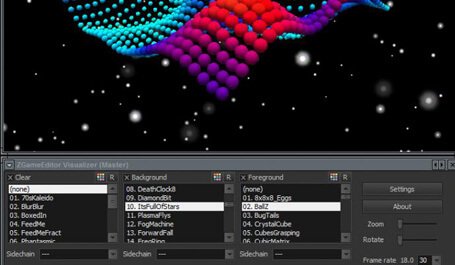
COURSE OVERVIEW
Today, everything is progressing towards digital. Companies across the world and across industries are taking the digital route, opening up a great number of career opportunities. While the projected job growth for web developers from 2014 through 2024 is 27%*, the graphic design industry is predicted to grow 7% from 2015 to 2022**. Thus, graphics, web design & development offer great scope for a successful career in the near future
-
Job-oriented, industry centric curriculum
-
Hands-on practical training using latest tools and software
-
Certified faculty
-
Exposure to industry interaction and workshops
-
Placement assistance
-
Access to Onlinevarsity, our exclusive e-learning platform
-
Access to Creosouls, a platform to showcase your portfolio
-
Instant student loan facility to fund the studies
COURSE HIGHLIGHTS









